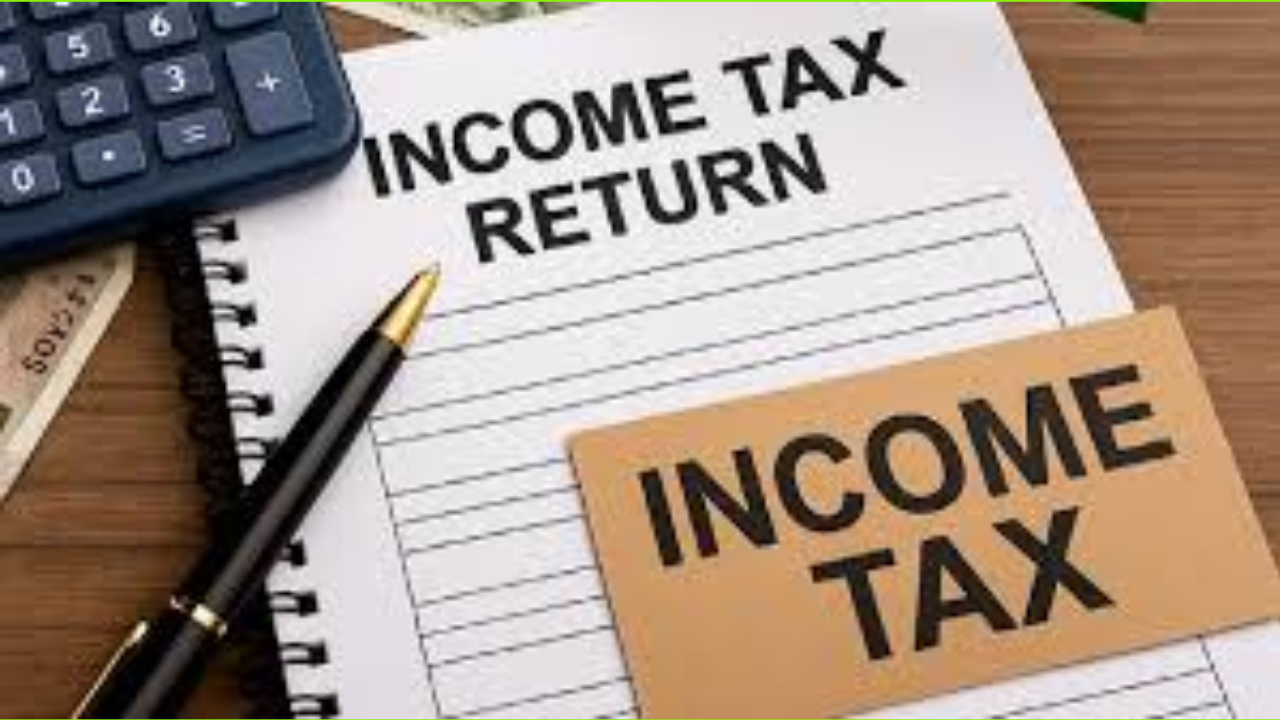Filing ITR for AY2025–26? 7 new details you must provide in ITR-1, ITR-4 under Old Tax Regime
Currently, individuals eligible to file ITR-1 (Sahaj) and ITR-4 (Sugam) can begin preparing and submitting their returns using these utilities. However, the facility for direct online filing of ITRs has not yet been activated. The due date to file income tax returns for FY 2024–25 is September 31, 2025.
The Income Tax Department has rolled out offline Excel-based utilities for filing Income Tax Returns (ITRs) for the financial year 2024–25, corresponding to the assessment year 2025–26. These tools are currently available for ITR-1 (Sahaj) and ITR-4 (Sugam) and can be downloaded from the official income tax e-filing website.
These downloadable Excel utilities enable taxpayers to prepare and file their returns offline. Users can manually input income, deduction, and tax-related details, verify the information, and generate a JSON file, which can then be uploaded to the portal for submission. These offline tools serve as a temporary alternative while the online filing functionality remains inactive.
Currently, individuals eligible to file ITR-1 (Sahaj) and ITR-4 (Sugam) can begin preparing and submitting their returns using these utilities. However, the facility for direct online filing of ITRs has not yet been activated.
The due date to file income tax returns for FY 2024–25 is September 31, 2025.
Taxpayers filing returns under the old tax regime using ITR-1 (Sahaj) or ITR-4 (Sugam) for Assessment Year 2025–26 must now furnish seven additional sets of information while claiming deductions and exemptions.
CA Akhil Pachori, in a post on X, noted the move aims to improve transparency, reduce errors, and tighten compliance for commonly claimed tax benefits.
1. Enhanced HRA disclosure
Those claiming House Rent Allowance (HRA) exemption under Section 10(13A) must now disclose:
Place of work
HRA received
Rent paid
Basic salary + DA
50% or 40% of basic salary, based on whether city is metro or non-metro
This will allow the tax department to automatically validate HRA claims and flag discrepancies.
2. Section 80C: Proof of deductions
To claim deductions for instruments like PPF and life insurance, taxpayers must quote:
Document or receipt number
PPF account number
Insurance policy number
These additional data points will help in matching deductions with actual investments and curb inflated claims.
3. Section 80D: Medical insurance info
For health insurance premium claims, disclosure of:
Name of insurance company
Policy or document number
is now compulsory. This change ensures that deductions under Section 80D are verifiable and genuine.
4. Section 80E: Education loan
Those claiming interest deductions on education loans need to submit:
Name of the lender
Bank name
Loan account number
Sanction date
Total loan amount
Outstanding loan as on March 31
This granular data aims to discourage misuse and improve audit trail clarity.
5 & 6. Section 80EE / 80EEA / 80EEB: Home & EV loans
Similar disclosures are now required for deductions under Section 80EE, 80EEA, and 80EEB for housing and electric vehicle loans, including lender details, sanction dates, and outstanding balances.
7. Section 80DDB: Specified diseases
Taxpayers seeking relief under Section 80DDB for treatment of specified ailments must mention the disease name, adding transparency and aiding classification during scrutiny.
These updates reflect the department’s broader strategy of data-backed tax processing, with an aim to make ITR filings more accountable and automated through real-time validations.
